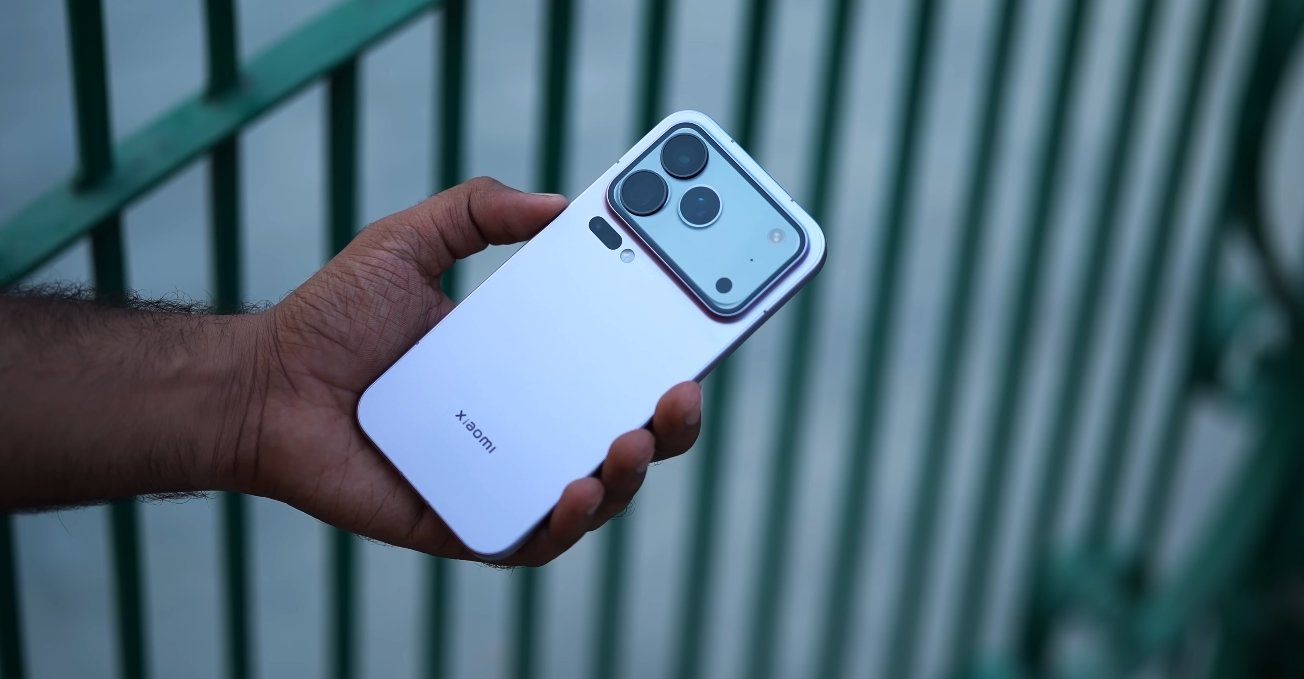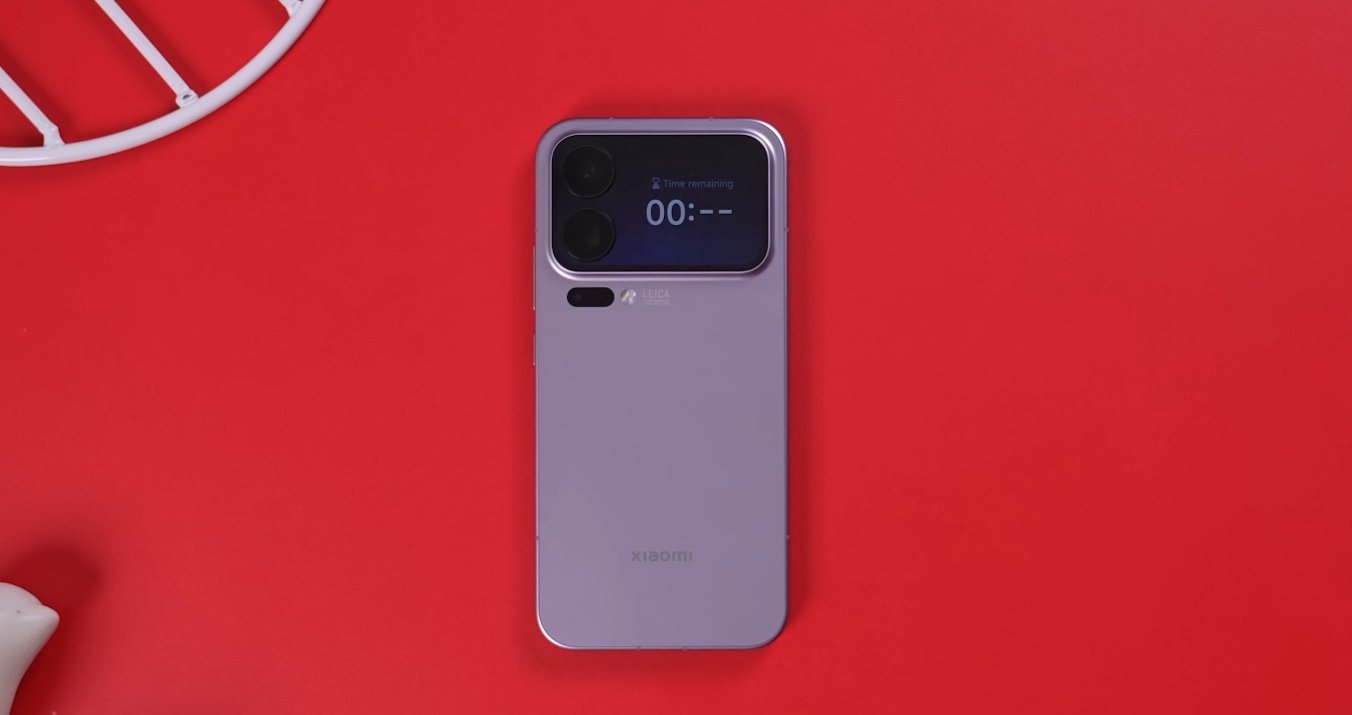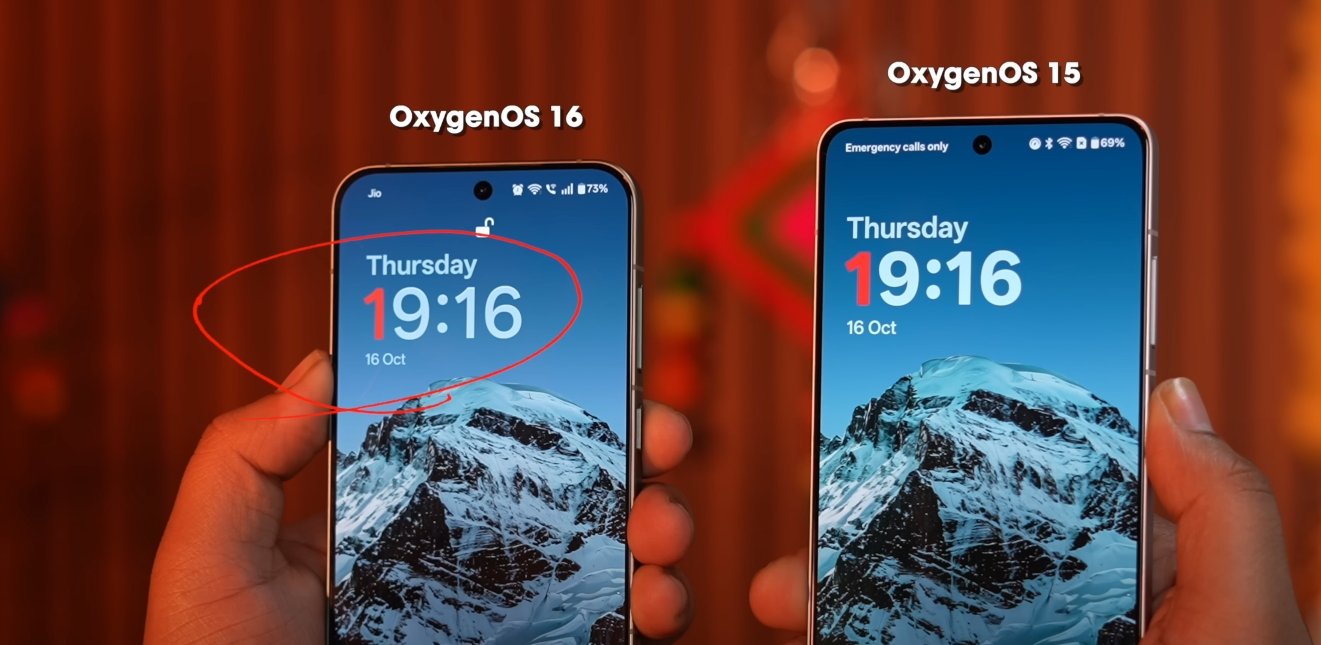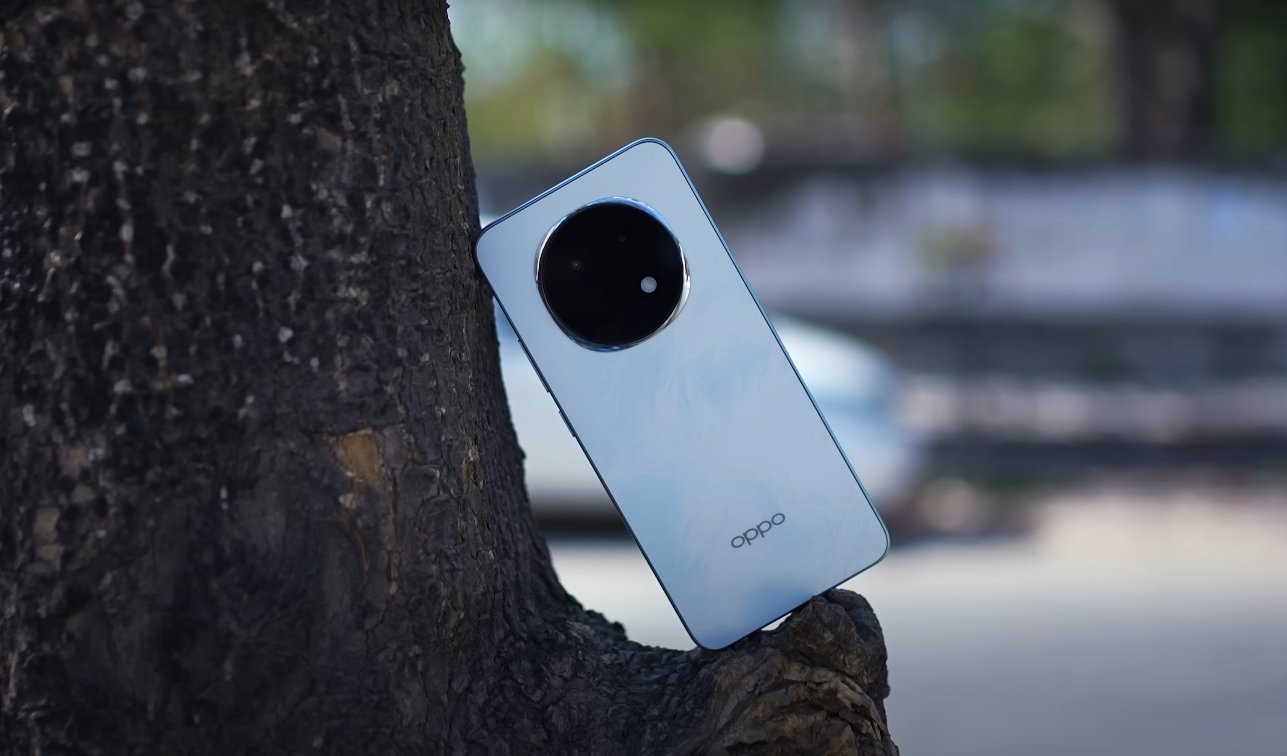Flagship Speed Battle Between Xiaomi and Vivo
The competition between flagship smartphones has reached a new level with the Xiaomi 17 Pro Max and Vivo X100 Ultra going head-to-head in speed and benchmark performance. Both devices represent the best of their brands, equipped with top-tier chipsets, advanced cooling systems, and fast memory technologies. However, one of them clearly pulls ahead when it comes to sheer speed and responsiveness.
The Xiaomi 17 Pro Max is powered by Qualcomm’s Snapdragon 8 Gen 5 processor, built on the cutting-edge 3nm process. This chipset delivers remarkable power efficiency while pushing performance to new heights. The phone also features LPDDR5X RAM and UFS 4.0 storage, which together enhance multitasking and app loading times. On the other hand, the Vivo X100 Ultra runs on the Snapdragon 8 Gen 3 platform, which is still a powerhouse but belongs to an earlier generation. While it remains capable in every sense, it naturally falls short of the raw processing edge seen on the Xiaomi.
In benchmark performance, the difference becomes noticeable. The Xiaomi 17 Pro Max consistently achieves higher scores across popular testing platforms like AnTuTu and Geekbench. This isn’t just about numbers; it reflects real-world responsiveness. Apps launch faster, high-resolution games maintain stable frame rates, and heavy tasks like 4K video editing or AI-based photo processing feel smoother on Xiaomi’s flagship. Vivo’s X100 Ultra, while still impressive, shows slightly slower transition speeds in multi-app switching and thermal throttling during prolonged gaming sessions.

Thermal management plays a critical role in sustaining performance over time, and here too, Xiaomi has the upper hand. The 17 Pro Max utilizes an advanced vapor cooling chamber design that keeps temperatures in check even under heavy workloads. It maintains higher clock speeds longer, preventing lag or frame drops during extended usage. Vivo’s X100 Ultra features a capable heat dissipation system as well, but under sustained loads, it tends to reduce performance slightly earlier to manage heat and battery efficiency.
When it comes to gaming performance, Xiaomi once again demonstrates its dominance. The Snapdragon 8 Gen 5’s upgraded GPU architecture ensures smoother gameplay and lower power draw. In intensive titles such as Genshin Impact or PUBG Mobile, the Xiaomi 17 Pro Max maintains near 60 frames per second with consistent stability. Vivo’s X100 Ultra performs admirably too, but minor frame dips become noticeable after long play sessions, especially when the device warms up. This makes Xiaomi’s model more suitable for gamers who demand long, uninterrupted performance.
Beyond raw power, storage and optimization also play a huge role in speed. Xiaomi’s MIUI, refined under HyperOS, has made significant improvements in memory management and animation smoothness. Combined with the latest storage technology, it offers near-instant app openings and zero lag transitions. Vivo’s Funtouch OS is fluid and clean, yet slightly more conservative in its task management to balance battery life. This approach makes Vivo’s experience steady but not as aggressively fast as Xiaomi’s.
Battery performance under heavy usage also reveals differences tied to speed optimization. The Xiaomi 17 Pro Max, with its efficient 3nm chipset, consumes less power while delivering higher performance output. This results in better endurance during gaming, benchmarks, and high-resolution streaming. Vivo’s X100 Ultra compensates with a slightly larger battery, but its less efficient power management means it doesn’t last significantly longer in performance-heavy scenarios. Xiaomi’s advantage in both performance-per-watt and thermal efficiency gives it a clear edge for users who prioritize raw power.
Overall, the Xiaomi 17 Pro Max stands out as the faster, more efficient flagship between the two. Its next-generation processor, faster memory, optimized cooling system, and refined software integration all contribute to superior benchmark scores and smoother real-world performance. Vivo’s X100 Ultra, however, remains a top performer that emphasizes stability, camera power, and balanced optimization over sheer benchmark dominance.
In conclusion, if speed, gaming performance, and sustained multitasking are top priorities, the Xiaomi 17 Pro Max is the clear winner. It’s built for users who push their devices to the limit and expect flagship-level endurance under any condition. The Vivo X100 Ultra, meanwhile, is better suited for users who value premium build, imaging excellence, and consistent day-to-day performance. Both are powerful, but in the race for raw speed, Xiaomi takes the victory this round.





